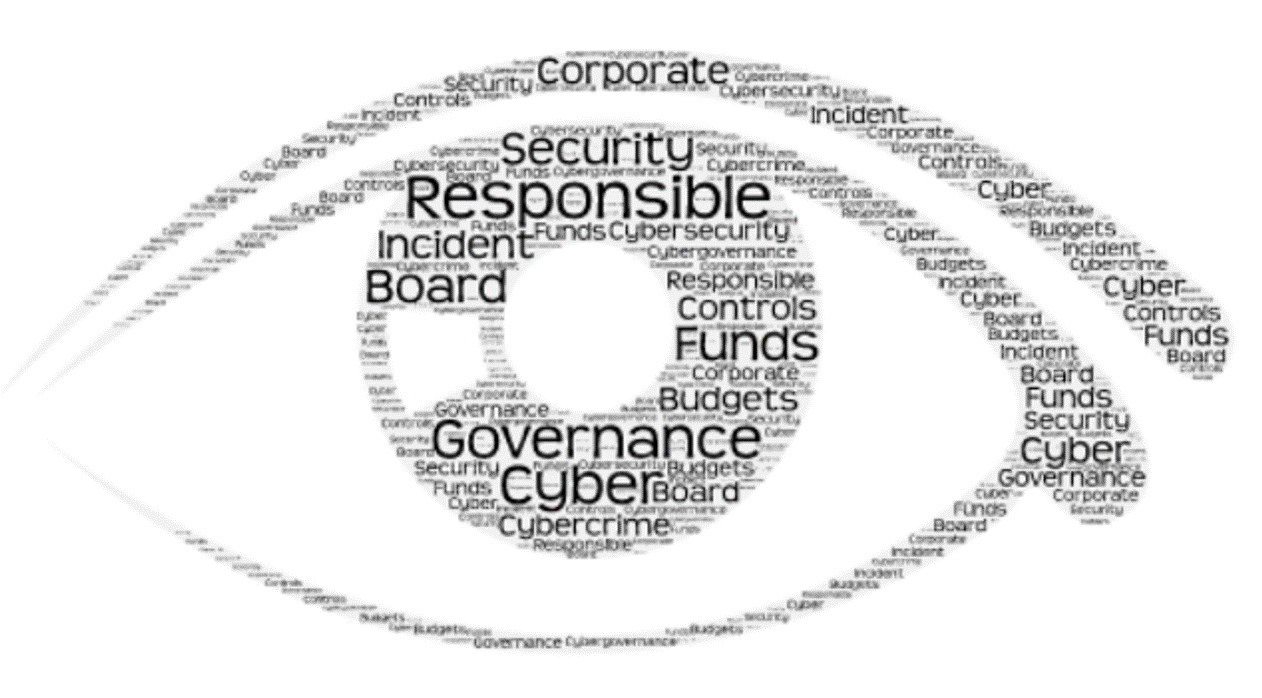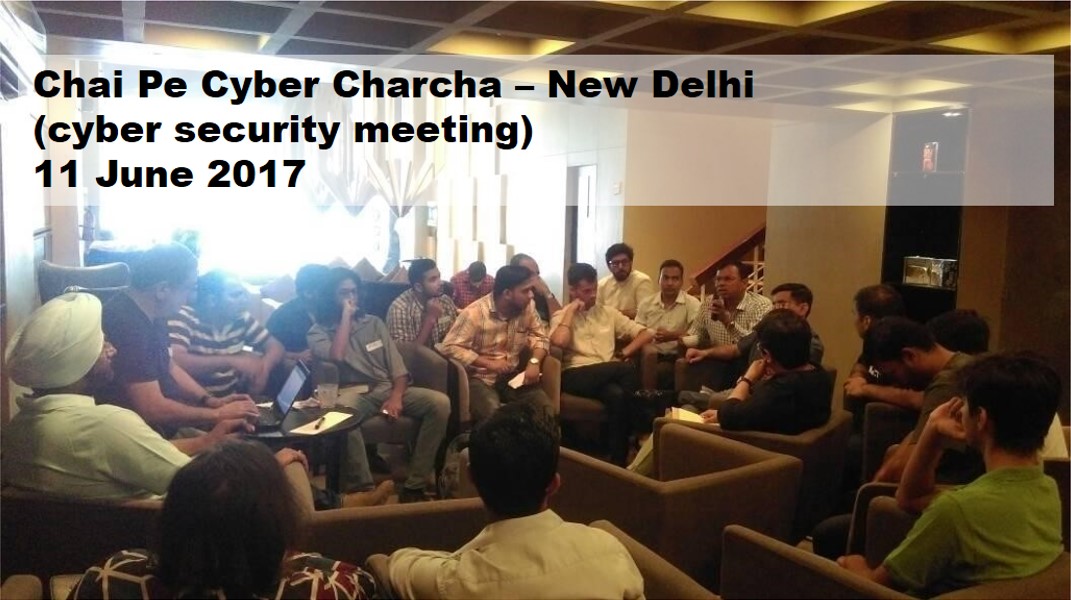Data the new oil,it was only a matter of time… Ever since the Snowden revelations; when the extent of the global surveillance grid run by the NSA was revealed; the world started taking precautions with the European Courts striking down principles of safe harbour.Countries like China, Russia, Brazil etc started tightening their laws and ensuring that their networks are made mostly by indigenous software and hardware to prevent back doored products from stealing their data.
Data localisation is an inevitable consequence as the world understands the importance and value of data. What started as a free service by various global MNC’s has transformed into war machines with a few hundred billion USD valuations; this is probably the biggest rip off in history. As AI algorithms start mining the data depositories more efficiently, the populations of other nations will start getting adversely affected. In fact for the survivability of globalisation, Privacy has to be a basic human right in the Information Age. This is to protect less aware/developed societies from being exploited. Data localisation and Privacy as a Universal human right is an inevitable fallout of the weaponisation of Cyber Space. These two steps will not lead to a fractured internet or curtailment of free speech as the detractors who directly benefit will cry. The truth is they have been conditioned and are paid to cry.
Free speech is a fallout of the constitutional guarantees provided by individual nations and data localisation will not impede it. Big Data and its mining by analytical algorithms can provide immense benefit as also inflict huge harm to nations and societies depending on the intent of the owner. Safe guarding the security and economic welfare of its citizens are the basic premises in which societies and nations have been formed. To understand how to safeguard national interests in the Information age only requires a study of the safeguards being adopted by other nations and suitably altering it to Indian conditions. For e.g. what might suit Great Britain, Australia, New Zealand and Canada (Five Eyes) which are close allies of the USA which controls the biggest data repositories of the world through their MNC’s cannot be not blindly aped by India a developing nation. We have a different history and in the foreseeable future can never have the umbilical affiliations that bind the countries and societies mentioned previously.
Now the story below is a technological attempt to forestall the inevitability of data localisation attempts by other nations by developing a swarm of low flying satellites to beam internet access to the world. This is being portrayed as a business to reach remote unconnected parts of the world which it undoubtedly can. What is left unsaid is that, this also will provide an opportunity for the service provider to escape national jurisdictions and steal the data without being detected unlike the case with terrestrial equipment.
The inevitability of losing the Chinese market of 700 million users post Snowden as the Chinese state has come out with numerous safeguards to protect their state makes India the largest potential producer of data. The Indian nation has largely not been able to get its act together in safeguarding its national interests and the name of Airtel the largest telecom provider being mentioned as a potential partner to this venture (OneWeb) is significant.
We as a nation historically have been defeated mostly by subversion from within. The recent BSNL, CISCO, Army scam which is in actuality a national security breach that has rendered our strategic communication networks vulnerable and has dimensions beyond corruption does not give the author much hope in our ability to defend our national interests. The Prime Minister in the previous combined commanders conference had called upon the Armed Forces brass to concentrate on cyber security. The actions post that historic call has been limited at best. The nation and history waits..
———————————————————————————————————————————————————–
http://www.latimes.com/business/la-fi-satellite-constellation-broadband-20161230-story.html?utm_medium=email&utm_source=flipboard
Satellite constellations could be poised to challenge the broadband industry
A rendering of satellite broadband coverage that could be provided by OneWeb’s proposed network of hundreds of satellites. (OneWeb)
Samantha Masunaga
It’s been more than a decade since a handful of ambitious entrepreneurs saw their plans to provide global telecommunications service through massive satellite constellations blow up, doomed by runaway costs.
Now, a new generation of satellite entrepreneurs is headed back to the launch pad. Backed by billions of dollars from deep-pocketed investors, they plan to blanket the earth in the next few years with perhaps thousands of miniature satellites beaming cheap, ubiquitous broadband service.
What’s different? Launching one of these smaller satellites can cost a fraction of the price for a larger, school-bus-sized satellite. These new satellites will largely be mass-produced. And consumers now demand high-speed Internet connectivity pretty much everywhere, on airplanes, cruise ships and in the remotest village in Africa.
Companies such as SpaceX, OneWeb and Boeing have all recently proposed networks of satellites in low-Earth orbit to provide high-speed broadband access around the globe.
Even Facebook Inc. Chief Executive Mark Zuckerberg has aspirations to bring Internet to poorly connected areas — a plan that was derailed in September after a satellite set to beam high-speed service to areas including sub-Saharan Africa was destroyed in the explosion of a SpaceX rocket on a Florida launch pad.
If this latest wave of satellite networks gets off the ground, it could pose a challenge to a $224.6-billion industry currently dominated by telecom and cable companies with their miles of fiber optic and copper wires.
“That’s going to shake up how these operators are controlling different regions, and it’s going to allow the consumer a little more of an option,” said Taylor Palmer, industry analyst at market research firm IBISWorld.
On Dec. 19, the Arlington, Va.-based OneWeb said it secured $1.2 billion of funded capital in a round led by Japanese technology giant SoftBank Group Corp., which contributed $1 billion of the total.
The money will fund construction of a Florida satellite manufacturing plant, which is set to start production in 2018.
SoftBank is just one addition to OneWeb’s list of big-name investors, which includes Qualcomm Inc., Airbus Group, the Coca-Cola Co. and Richard Branson’s Virgin Group.
“One of the main challenges is raising financing from investors, so this proves they are able to continue doing that and they’re still attracting money from these big, established companies,” said Bill Ostrove, aerospace and defense analyst at market research firm Forecast International. “That’s going to be really vital.”
Satellite-provided broadband service is still tiny. It generated revenues of $1.9 billion last year, according to a June report from the Tauri Group that was commissioned by the Satellite Industry Assn. trade group. That compares with $97.8 billion for satellite television.
But interest in satellite broadband is growing as consumers expect high-speed service in places that aren’t always well-served by fiber or cable.
Earlier this month, Southwest Airlines said it planned to equip its entire fleet of more than 700 planes with WiFi.
“There’s a competitive advantage for those that have that service available,” said Tom Stroup, president of the Satellite Industry Assn. “Broadband has essentially become an expected fact of life.”
Analysts say satellite constellations could have the biggest effect in remote areas.
In 2014, almost half of the world’s population lived in rural regions, which are largely unconnected to the Internet, according to a report from ITU, a special agency of the United Nations that handles information and communication technologies.
“Internet access is fundamental for understanding of culture, cultural differences, civic understanding and participation,” said Greg Wyler, founder and executive chairman of OneWeb. “It helps make the unconnected economically relevant to the developed world. When they’re economically relevant, we pay a lot more attention to them.”
The company has an ambitious timeline. It plans to launch the first 10 satellites into low-Earth orbit in early 2018 to test their capabilities. More launches will follow, with its broadband access beginning as early as 2019.
By 2022, OneWeb says it will connect every unconnected school to the Internet. Eventually, OneWeb plans a 700-satellite constellation.
OneWeb’s satellite manufacturing facility in Exploration Park, Fla. is key to these plans. The company will mass produce its micro-satellites with automated assembly capabilities similar to those used in aircraft production facilities, eventually making three a day.
OneWeb has said the satellites will weigh about 330 pounds.
Hawthorne-based SpaceX plans to eventually launch more than 4,000 satellites for its network. Each satellite would be about 13 feet long and 6 feet wide, with 19-foot-long solar arrays.
Last year, the company received a $1-billion infusion from Google Inc. and Fidelity Investments and opened an office in Redmond, Wash., near Seattle, to focus on developing the small satellites. SpaceX Chief Executive Elon Musk has said the whole constellation could cost $10 billion to $15 billion.
After launching an initial 800 satellites, SpaceX said it could provide broadband coverage to the U.S., Puerto Rico and the Virgin Islands. By its final deployment, the company said it “will pass over virtually all parts of the Earth’s surface.”
Boeing’s proposed 2,900-satellite constellation is intended to provide broadband access to both commercial and government users worldwide. The aerospace giant said it planned to launch more than 1,300 satellites within six years of the license approval.
The satellite swarms are made possible by advances in miniaturized parts and microprocessors. They could also help shrink the price gap between satellite and terrestrial broadband access, said Palmer of IBISWorld.
In the past, satellite broadband was hampered by slower data transfer based on the long distance from Earth — a problem the companies hope to solve by putting their satellites in low-Earth orbit. They will also launch extra satellites to ensure coverage if a few break down.
“If they’re really able to optimize the production … and get it out at a cost-per-unit measurement that makes sense for a household … then it really could expand satellite broadband into a major competitor for some of these terrestrial companies,” Palmer said.
But first the satellite systems must get approval from the FCC to use specific airwaves. And mobile broadband providers have fought back when proposals for certain frequencies have overlapped with their own plans.
The satellite ventures may be able to lean on their powerful investors. Several of OneWeb’s backers have ties to the wireless industry, including SoftBank, which has a controlling stake in Sprint Corp., and Sunil Bharti Mittal, founder and chairman of Bharti Enterprises, a business group that includes leading Indian telecommunications company Bharti Airtel Ltd.
Wyler insists OneWeb will be a partner with the Earth-bound networks, serving as an extension of current networks. OneWeb’s business model is to sell the broadband connectivity and capacity on its satellites to telecommunications operators.
“We’re not competing at all,” Wyler said. “These are areas [where] the current broadband infrastructure are not designed to provide services.”
In some cases, he said cellular operators might be able to put a tower in a rural area, but the location is too remote to lay cables or fiber to provide Internet service. That’s where OneWeb could step in and beam service to the tower, Wyler said.
Ultimately, an expanding market for broadband probably can accommodate both technologies, said Ostrove of Forecast International.
“I think it’s just going to be another way … for the end user to get that service,” he said.

















I have read several of your articles have been alarmed at the lack of understanding of the threats & risks in cyberspace and the urgent need to address this issue.
Perhaps an illustrated (a picture is worth a thousand words) book titled “Cyber security for dummies” (especially those in high places) will demystify the topic and make for a wake up call.
I believe this will help informing wider society and raising levels of awareness – the bugle call for new swaraj movement.
The irony of the whole situation is that the implementation of Big Data and associated strategies by the MNCs in India, is in actuality being executed, knowingly or unknowingly, by our own countrymen i.e the ICT literate workforce employed with these MNCs.
The common man on the street is indeed grossly unaware of his cyber rights and furthermore, is not even bothered to follow whatever little precautionary cyber security measures are available. Of course when it comes to personal financial loss, small or big, it really hurts and then we make a huge hue & cry blaming the security system or the lack of it.
Needless to say that employees, whether corporate or public sector, are the least worried lot when govt money/information is at stake.
Well articulated thoughts by the writer, although its just an overview.
The series of articles by the author brings into sharp focus India s deafening silence on a vital sector of strategic arena. Out of sight is out of mind best describes the current approach or rather lack of towards big data. It is likely that most of the work for the MNCs would have been fine by the Indians. Govt of India may well develop understanding of the potential significance but action plan is developed by the bureaucracy which I am afraid is far from ready to take a view on these issues as a policy matter. Very informative article